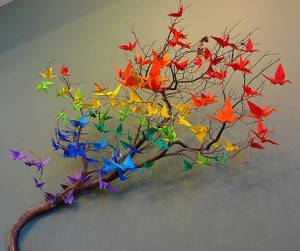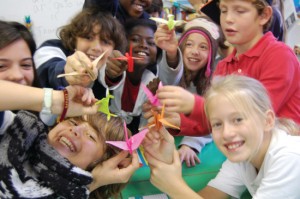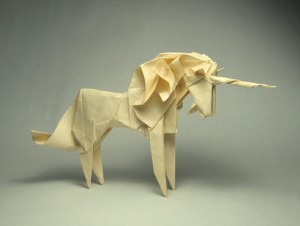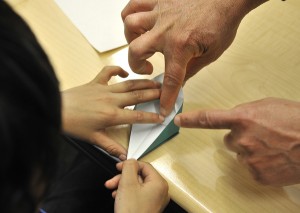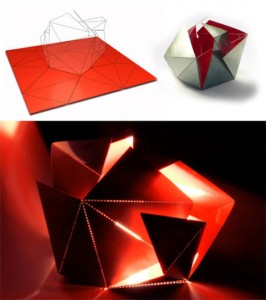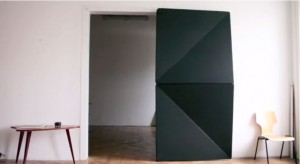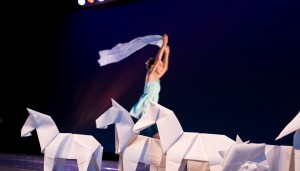One of my heart-felt inspirations for connecting art, architecture, and wellness has stemmed from appreciating the art of Origami. Seemingly simplistic in nature, it offers a multitude of complex learning layers that stretch both mind, body, and spirit in ways the newest software program can never offer. Practicing Origami has been used for decades to help those with learning disabilities, improve motor skills, increase the minds spatial capabilities, teach patience, build self-esteem, sharpen verbal and visual memory, attention and concentration, sequencing verbal reasoning, visual perception, and endlessly more.
Origami is a non-threatening craft that can be learned by any culture, age-range, or ability because the craft ranges to the most simple such as the cranes shown above, to more complex pieces such as this unicorn by origami artist, Marc Kirschenbaum.
According to Hagit Shalev, founder/director of Theragami and origami teacher at the Museum of Natural History in New York, “Since the art of Origami is based on a language of symbols, another natural educational objective that can be applied through Origami is reading. Reading is based on association of symbols and sounds. Origami is based on association of symbols and actions. Some reading specialists contend that while students are involved in folding papers, they are developing essential reading skills in three main areas: perceiving a sign as a symbol, recognizing it and interpreting its meaning. By the virtue of the children’s desire to produce a three dimensional model teachers can use Origami to reinforce reading. This medium is especially helpful when dealing with children with language based disability for whom reading is a struggle.”
Ms. Shalev also points out the more obvious connection to the many areas of mathematics. “Origami provides a highly engaging and motivating environment within which children extend their geometric experience and the skill of spatial visualization. With its richness in mathematical topics, students literally manipulate the concepts that they are learning. Origami demonstrates the fact that mathematics is a subject that can involve exploration.”
Now I’m a neophyte when it comes to doing origami, but I can strive to have more mindful, calming, disciplined, curious, and playful habits in my life. Wellness grows from healthy daily habits. So the next time you have some idle time on your hands, instead of reaching for the remote or your cell phone, pick up a piece of paper and fold a little magic.
For more information on Theragami, visit http://www.theragami.com
